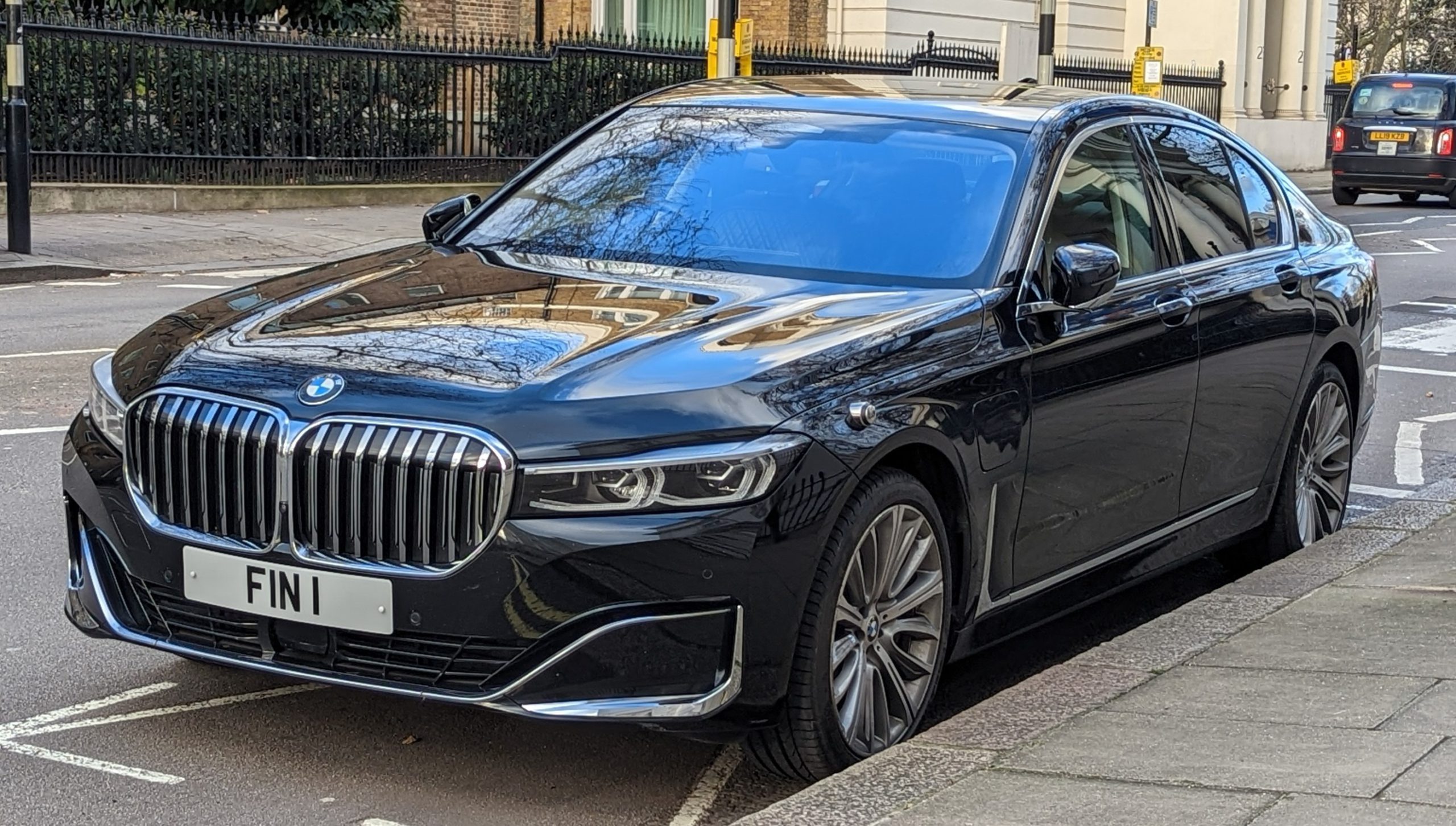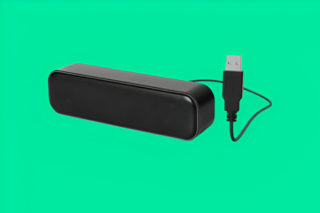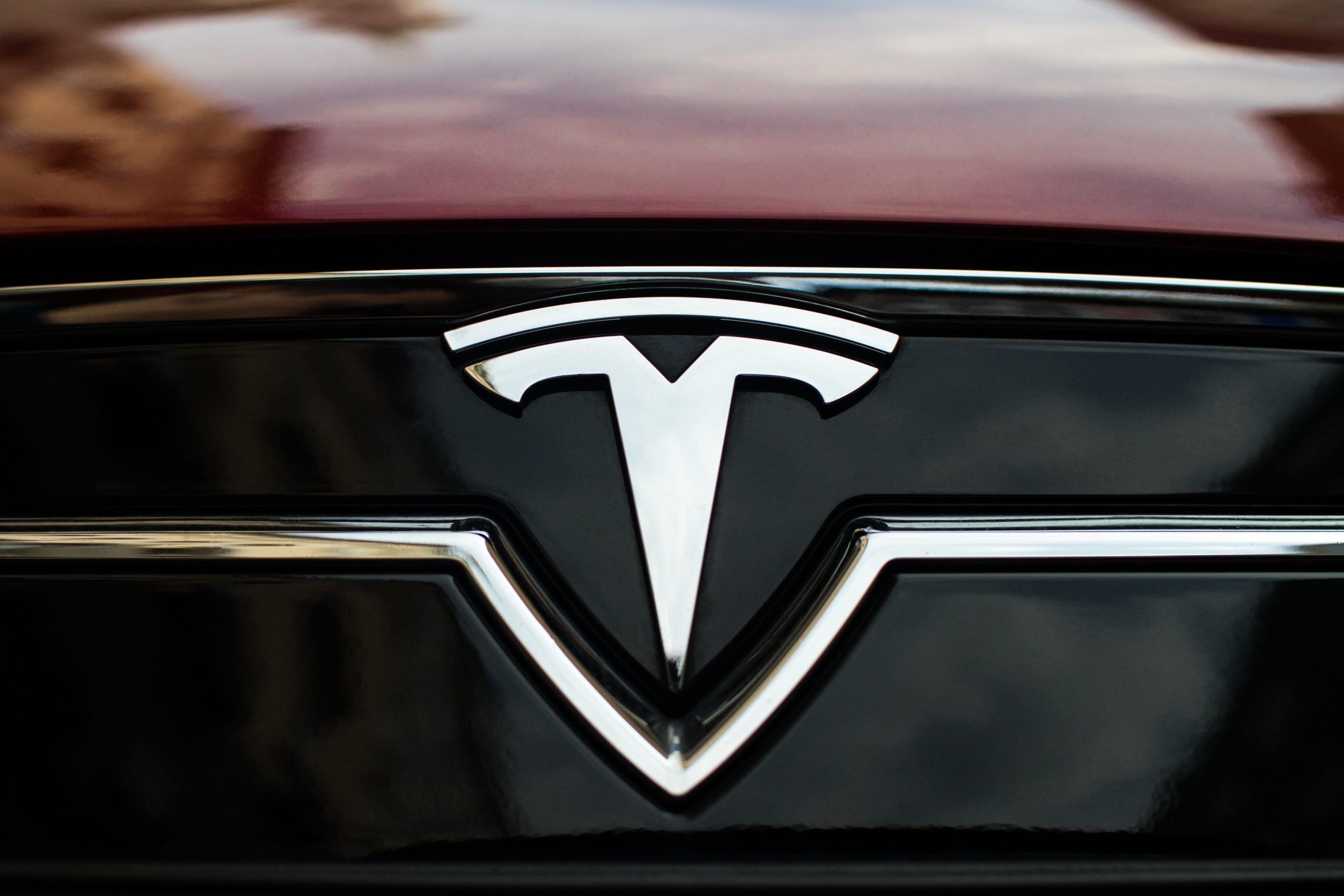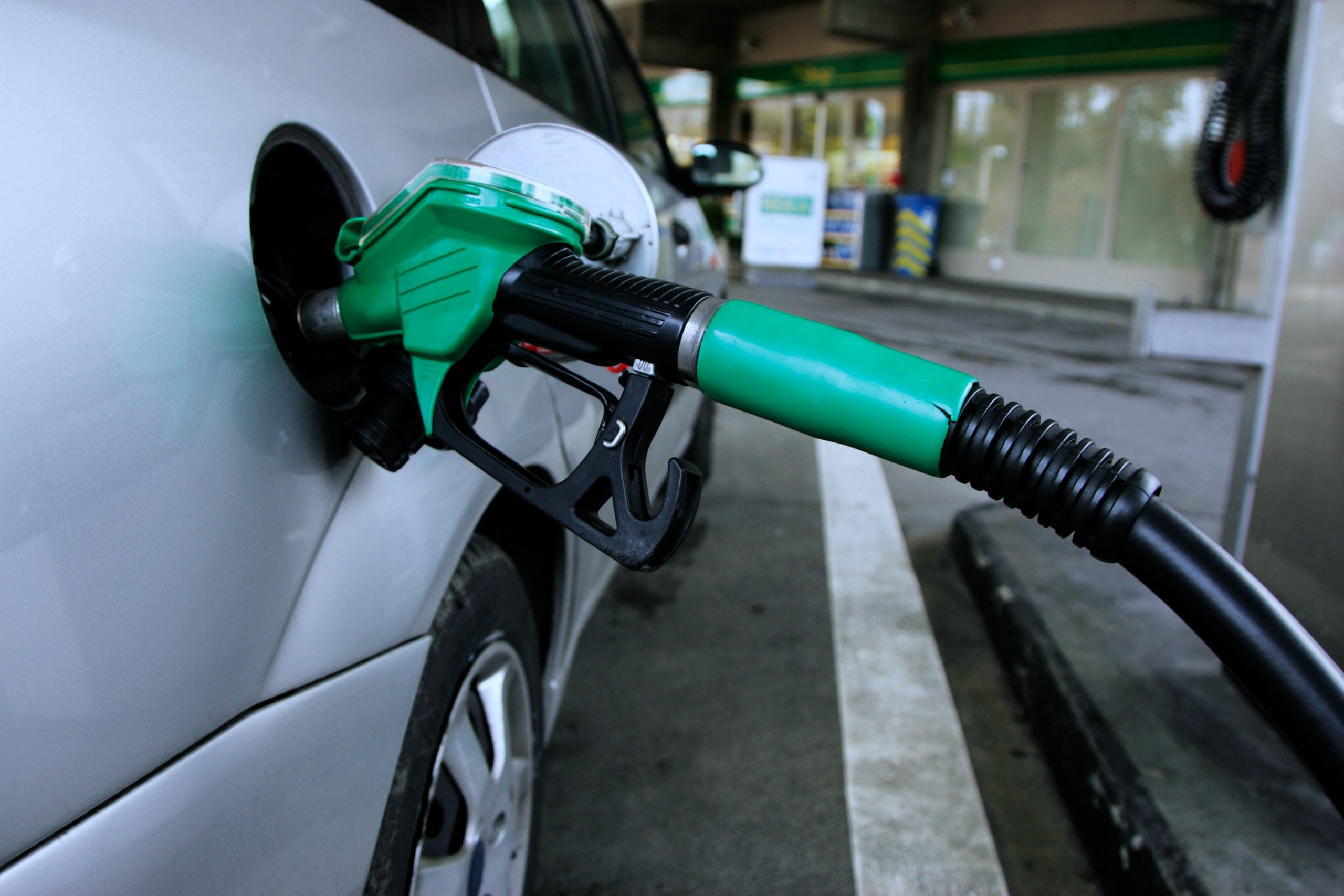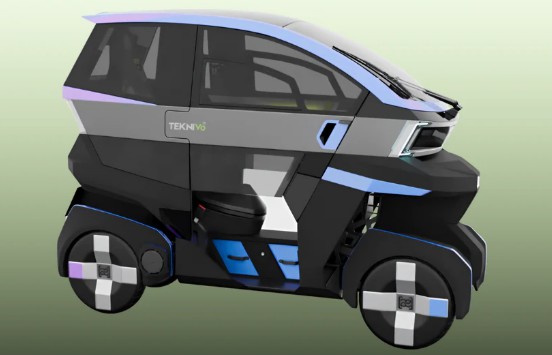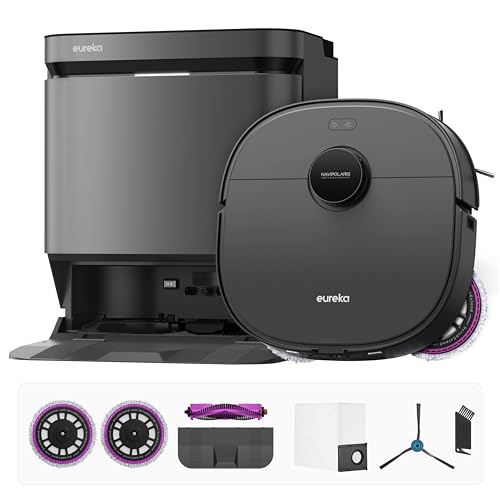BMW and Mercedes luxury sedans hemorrhage value faster than a broken iPhone loses battery life. That gleaming BMW 7 Series or Mercedes S-Class sitting in the showroom? It’s about to become one of your worst financial decisions. These supposed symbols of success lose over 50% of their value within five years, with the S-Class dropping a brutal 55.7% according to industry depreciation data. Your $100,000 luxury sedan becomes a $45,000 reminder that prestige doesn’t equal smart investing.
The math is merciless. While you’re enjoying heated massage seats and ambient lighting, the market is systematically destroying your equity. Full-size luxury sedans face particularly steep depreciation curves, turning dreams of automotive excellence into financial nightmares.
The Perfect Storm Destroying Luxury Values
Three factors combine to create the luxury car depreciation apocalypse.
Picture upgrading your smartphone every two years because the camera gets better and the processor gets faster. Luxury cars face the same brutal cycle, except you can’t just trade in for $200. Advanced infotainment systems become outdated quickly as technology advances rapidly. Features that seemed cutting-edge just a few years ago look primitive next to newer models with enhanced AI-powered safety suites.
High maintenance costs scare away potential buyers like horror movie trailers. BMW 7 Series and Mercedes S-Class models require expensive repairs that deter budget-conscious shoppers from the used market. Then there’s the lease culture problem—luxury buyers rarely purchase outright. After three years, waves of identical off-lease vehicles flood the market, creating a supply surge that crushes resale prices.
Smart Strategies for Luxury Car Shoppers
Two proven methods let you enjoy prestige while avoiding the depreciation massacre.
If you crave luxury without financial self-destruction, lease new vehicles instead of buying. Let the manufacturer absorb the depreciation hit while you enjoy the latest technology and warranty protection. Your monthly payment covers the privilege without the long-term financial commitment.
Alternatively, buy two-to three-year-old used luxury cars and let someone else eat the initial depreciation. A slightly used S-Class with moderate mileage delivers most of the new-car experience at significantly reduced cost. You’ll still face ongoing maintenance expenses, but the brutal first-wave depreciation becomes someone else’s expensive lesson. The key is understanding that luxury cars are consumables, not investments—plan accordingly.


